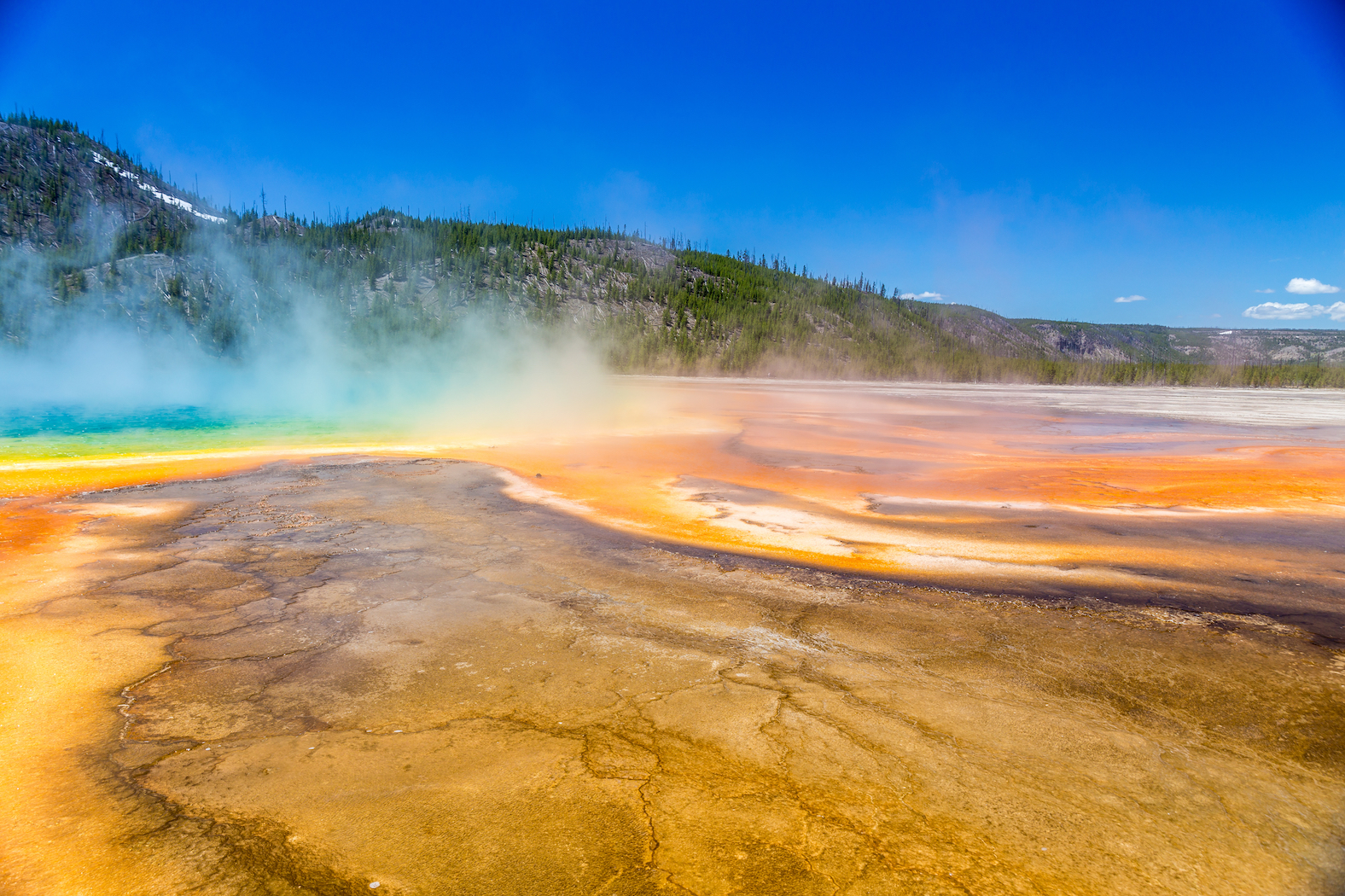
Magma is not the driving force behind Yellowstone’s supervolcano
Magma is not the driving force behind Yellowstone’s supervolcano. The force behind Yellowstone’s supervolcano has been long debated, with most scientists arguing that the volatility of this region is driven by a magma plume. Dr. Ying Zhou, a geoscientist at Virginia Tech, has found that the history of the Yellowstone volcano is much different than what has been previously assumed.
“In this research, there was no evidence of heat coming directly up from the Earth’s core to power the surface volcano at Yellowstone,” said Dr. Zhou.
“Instead, the underground images we captured suggest that Yellowstone volcanoes were produced by a gigantic ancient oceanic plate that dove under the Western United States about 30 million years ago. This ancient oceanic plate broke into pieces, resulting in perturbations of unusual rocks in the mantle which led to volcanic eruptions in the past 16 million years.”
Dr. Zhou explained that the eruptions were very explosive. After creating X-ray-like images of the seismic region, she discovered an irregular structure somewhere between 250 to 400 miles below the Yellowstone Caldera, which is located in the Rocky Mountains.
“This evidence was in direct contradiction to the plume model,” said Dr. Zhou.
Images of the Earth’s deep interior showed that the oceanic Farallon plate, which was once where the Pacific Ocean is now, moved beneath the present-day western United States.
The ancient plate was broken into pieces, and part of the subducted oceanic plate began sinking deep into the Earth. As this portion of the plate sank, it gradually projected hot materials that formed the volcanoes of Yellowstone, and these volcanoes have been slowly moving ever since.
“The process started at the Oregon-Idaho border about 16 million years ago and propagated northeastward, forming a line of volcanoes that are progressively younger as they stretched northeast to present-day Wyoming,” said Dr. Zhou.
This study is unique because of its use of X-ray-like images.
“This is the first time the new imaging theory has been applied to this type of seismic data, which allowed us to see anomalous structures in the Earth’s mantle that would otherwise not be resolvable using traditional methods,” said Dr. Zhou.
The research is published in the journal Nature Geoscience.
—
By Chrissy Sexton, Earth.com Staff Writer













